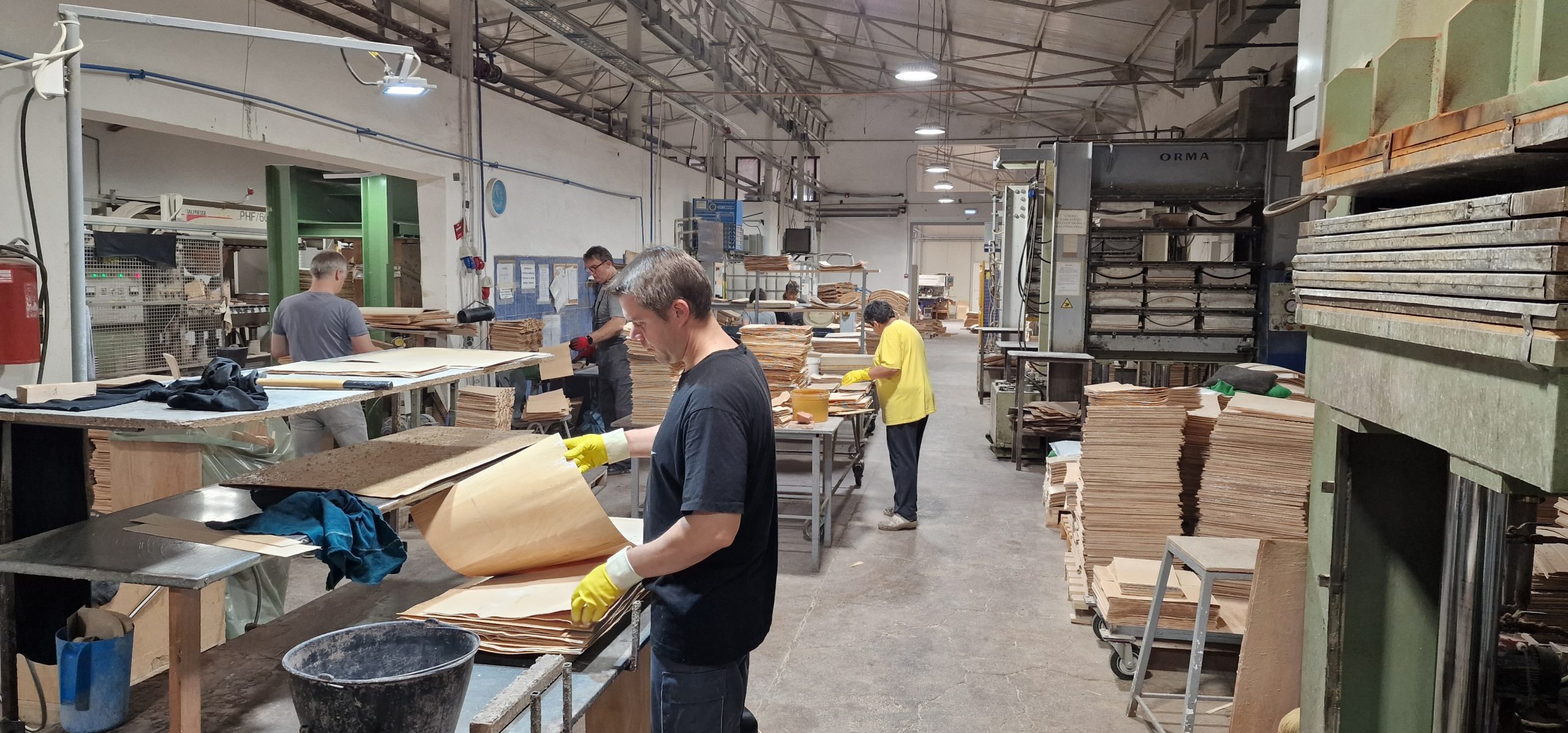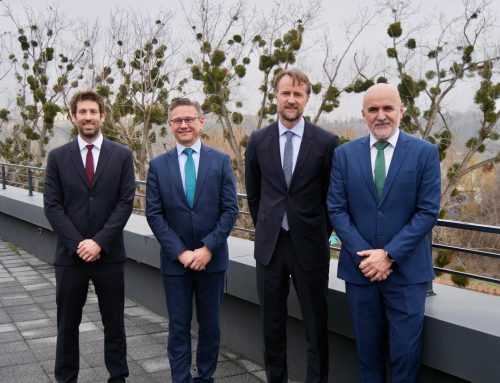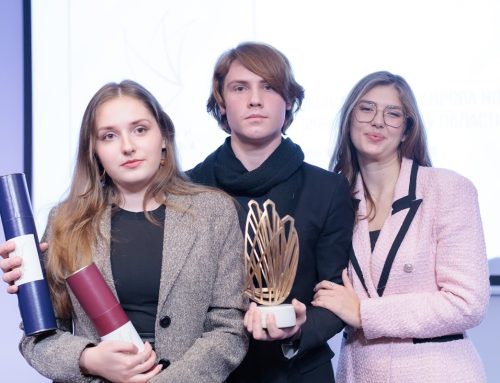The idea by an owner of a furniture factory in Knjaževac to construct their own solar power plant and store surplus energy produced in this way in their forklifts’ batteries is one of the 16 innovative solutions to accelerate the green transition of the economy and society that were awarded European Union financial support within the ‘EU for Green Agenda in Serbia’ initiative.
Economist Lidija Nikolić incorporated her factory producing beech veneer chair seats and backrests in 1997 at approximately six kilometres from the town of Knjaževac, on the remains and tailings of the Podvis and Tresibaba mines, breathing new life into this underdeveloped area of Knjaževac. Today ‘S.C.S. Plus’ exports more than 95% of their production capacity into European Union (EU) countries and hires a staff of 180 people, mostly women, and a number of entire families not only coming from Podvis, but also from Knjaževac and nearby villages. Considering this municipality is in the underdeveloped category, it makes a significant impact on the local economy.
Jelena Ranđelović, who has been working in the factory for 20 years preparing the veneer for further treatment, had this to say: “This job means the world to me, primarily because of financial security. My husband and brother also work here, my mother used to work here as well. We see the factory as our second home.”
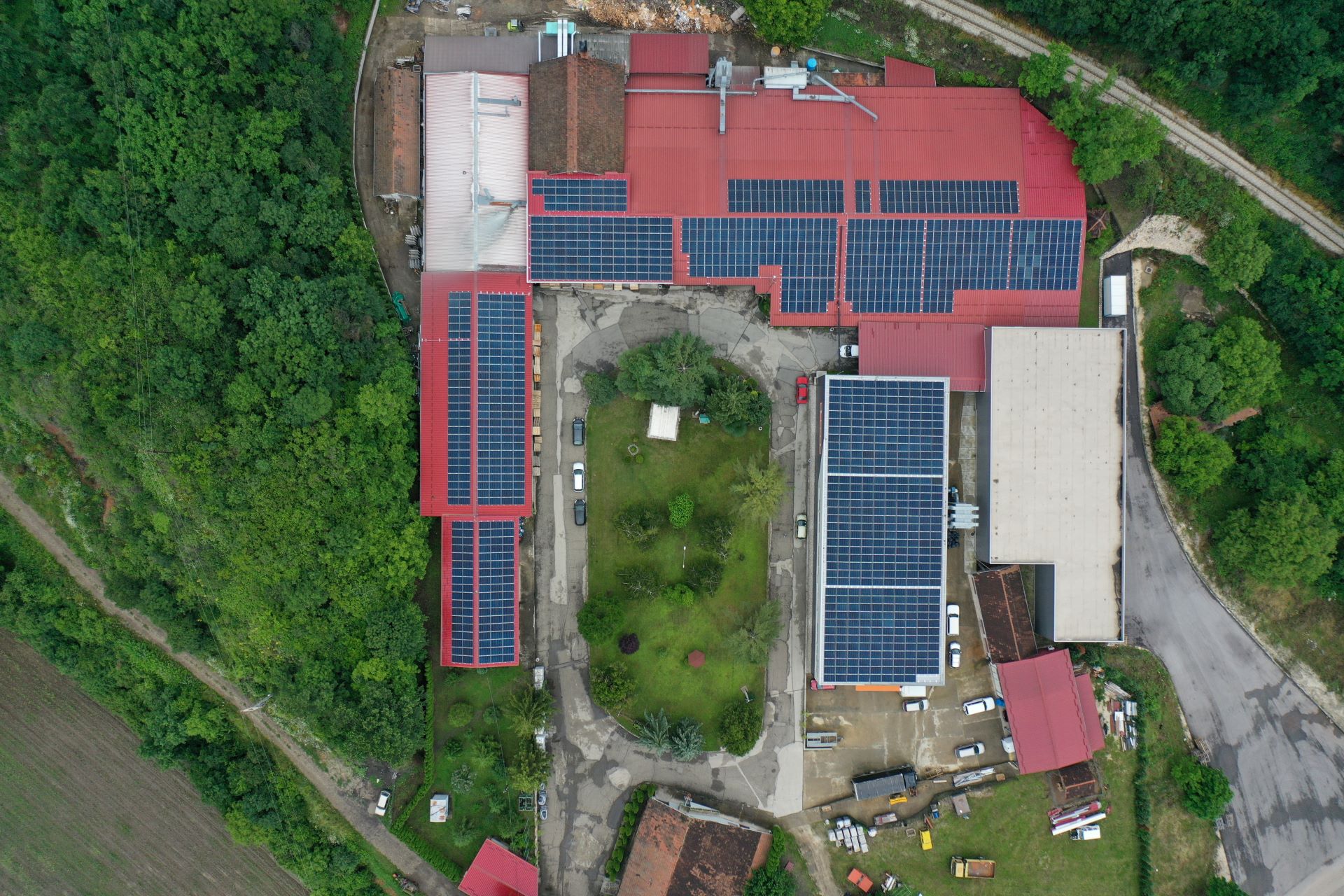
New EU regulations defining the required green energy share in production processes for all products imported from the Western Balkans or Turkey (Carbon Border Adjustment Mechanism – CBAMN) could have jeopardised the plant’s operation, jobs, and the continuing development of the local community, since paying this fee would impact the product price, thereby reducing their competitiveness on the premier export market.
Instead of charging more for their products, company director Lidija Nikolić solved the problem by constructing a 480 kW solar power plant. Electricity obtained from solar power is used to power machines on the production floor and the surplus is stored in batteries powering electric forklifts. A plan is in place to streamline manufacturing by introducing a software solution to monitor energy consumption and set up timeframes for the operation of machinery in accordance with the findings.
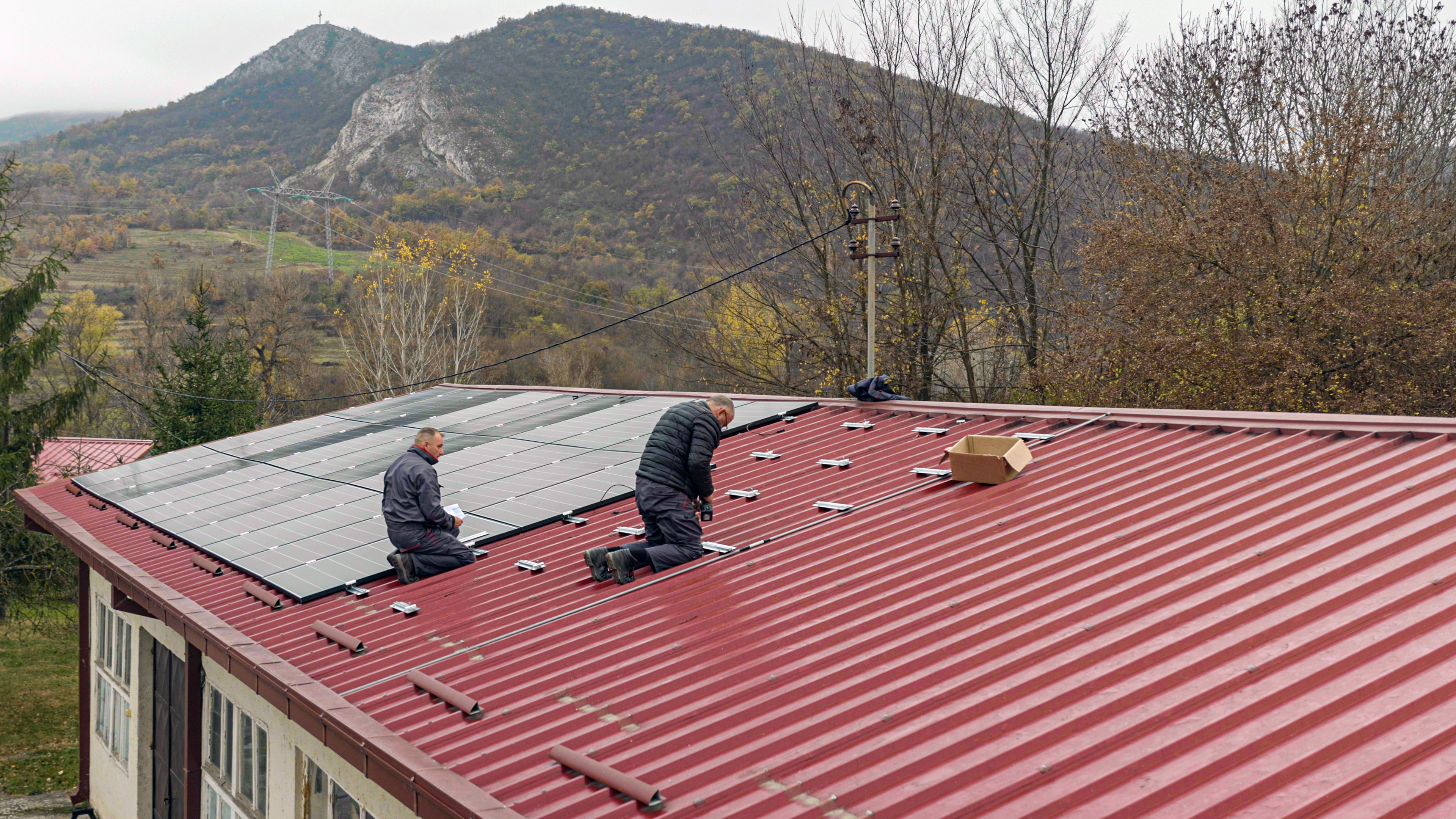
Apart from cutting ongoing costs, particularly electricity bills that will be halved, construction of this power plant will also ensure future competitiveness of the products coming from the Knjaževac-based plant on the EU market.
– The new solar power plant provides 55% of green energy in manufacturing. Total electricity generation to be expected is approximately 530,000 Kwh annually, and we are also expecting a reduction in CO2 emissions by 580 tonnes at annual level. Our products are already green, since we are in possession of the internationally recognised FCS certificate – meaning we use trees from forests where a new tree is planted for every tree that has been cut. Now, with the green energy coming from the solar plant, it will be additionally ‘greener’, which will enable us to continue exporting once new EU regulations are enacted in 2026 – Lidija Nikolić explains.
In the place where economic development started in the Knjaževac region, owing to coal mine exploitation initiated more than one hundred years ago, transitioning to green energy will enable Podvis to continue being the lifeblood of the region, but this time saving people’s health and nature, to the benefit of present and future generations.
The new Challenge for Innovative Solutions for the Green Transition was announced in February this year and will remain open until the end of 2026, with the goal of supporting innovative solutions in all five areas of the Green Agenda for the Western Balkans.
The ‘EU for Green Agenda in Serbia’ project, technically and financially supported by the European Union and implemented – in partnership with the Ministry of Environmental Protection – by UNDP, in cooperation with the Embassy of Sweden and the European Investment Bank (EIB), with additional funding provided by Governments of Sweden, Switzerland, and Serbia.
Photos by Marko Tasić and Nemanja Stojanović

